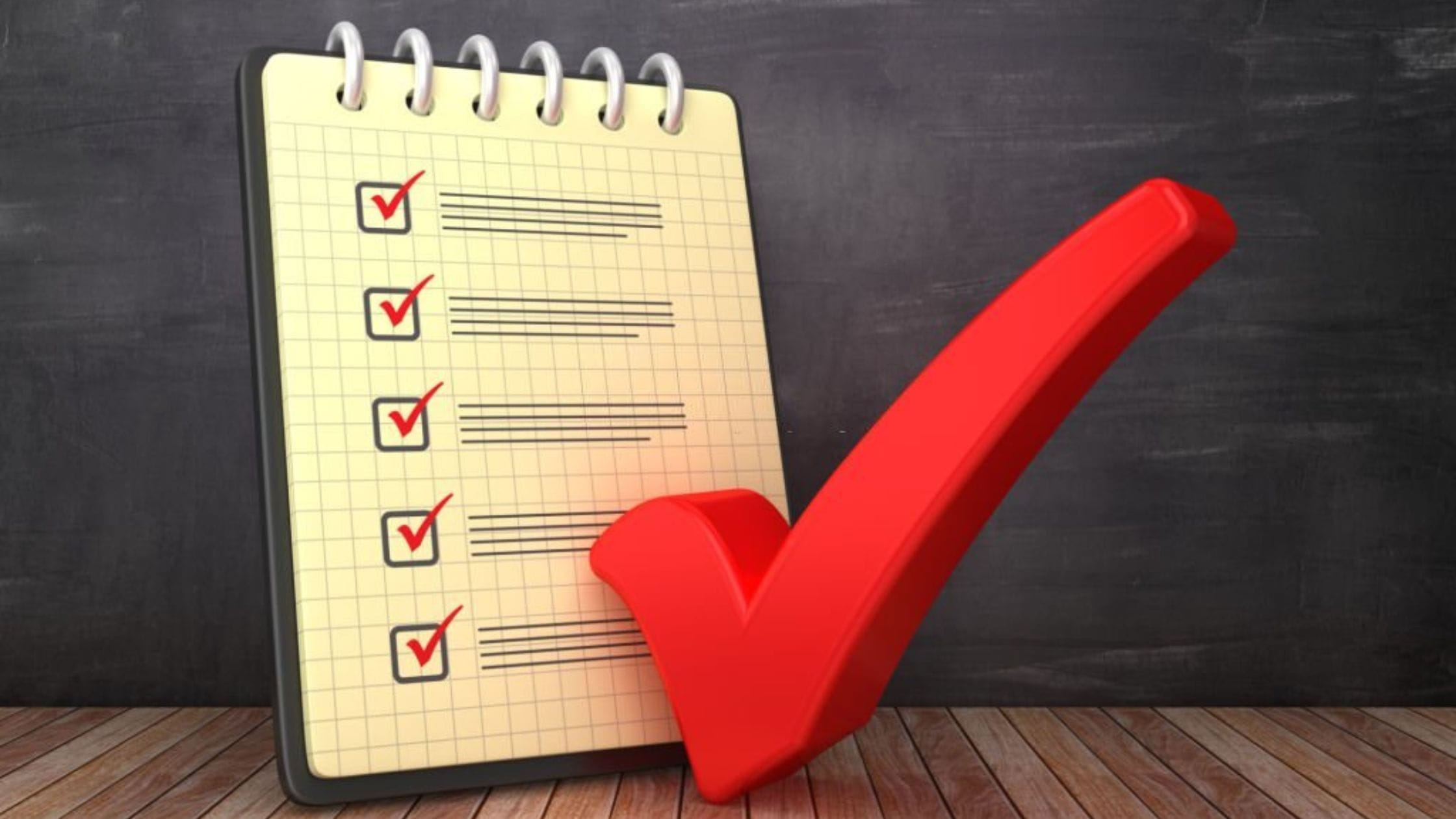
Make Your Project A Success – This Is How You Get Project Monitoring And Control Right.

Monitoring and controlling a project is crucial for its success. It allows you to track progress, manage risks, and ensure that the project stays on track. In this article, we will explore the importance of project monitoring and control and provide you with valuable insights, best practices, and techniques to help you get it right.
The Significance of Project Monitoring and Control
Project monitoring and control serve several essential purposes:
- Progress Tracking: Monitoring and control activities help you keep track of project progress, ensuring that it stays aligned with the planned schedule and milestones.
- Risk Management: By continuously monitoring and assessing risks, you can proactively identify potential issues and take appropriate measures to mitigate or avoid them.
- Resource Optimization: Effective monitoring and control enable you to optimize resource allocation, ensuring that the right resources are available at the right time.
- Quality Assurance: Regular monitoring allows you to assess the quality of project deliverables, identify any deviations, and take corrective actions to maintain quality standards.
- Stakeholder Communication: Monitoring and control provide a means to communicate project progress and any changes to stakeholders, ensuring transparency and managing expectations.
- Decision Making: Accurate and timely monitoring data provides the basis for informed decision-making, allowing you to make necessary adjustments to keep the project on track.
How Can Project Monitoring And Controlling Help Your Project?
In order to assure the success of your project, there is plenty of advice out there that you can follow. If you want to make sure there are no big changes that will affect your project and give you an unexpected outcome, you need to make the most out of the project monitoring and controlling phase of your project. We’ll share with you some of the most useful and valuable activities you can do to tackle project monitoring and control successfully.
13 Useful Project Monitoring And Controlling Group Activities That Will Make Your Project A Success
- Stay In Control
- Analyze The Progress
- Evaluate Whether You Need To Make Any Changes And Figure Out Why
- Request Any Change
- Execute Change Control
- Perform Any Rejection Or Approval For Change
- Announce Changes To All Relevant People
- Conduct Configurations And Build Estimates
- Get Approval From Client
- Work On QC
- Make A Record Of Project Progression And Performances
- Document Risks Audit
- Handle Reserve
Project Monitoring & Controlling Done Right – Part One: Stay In Control
Staying on top of the course of action that needs to be followed during the life of the project is an elementary step. If you want everything to be in order and for your project to develop exactly as it was planned, then a lot of monitoring needs to be done, and as a project manager this task falls on your shoulders. Oftentimes those working on projects can become blind to what is happening around them and will rely on you to oversee the project as a whole to see if changes are needed.
Project Monitoring & Controlling Done Right – Part Two: Analyze The Process
Analyzing how your project has been performing can help you stay within the cost you planned at the beginning stages of your project and see whether any adjustments will need to be done in order to complete it on time and without any added funds. Scope creepage is a real and dangerous enemy to any project and a project manager must remain vigilant to combat it.
As long as you continue to study the process you will be on track in regards to deadlines and estimates.
Project Monitoring & Controlling Done Right – Part Three: Evaluate Whether You Need To Make Any Changes And Figure Out Why
Having to make changes is a normal thing that can happen in any project monitoring and control, but that doesn’t mean there’s nothing you can do to try and avoid it. For example, extending a comprehensive outlook with your client about the process every change has to go through will help diminish the changes that are unnecessary or spurred on more by emotion than a logical decision, as well as sharing all the details about how this could delay things, or make the allocated budget no longer enough to cover the costs.
Project Monitoring & Controlling Done Right – Part Four: Perform Any Rejection Or Approval For Change
Once it’s been decided that a change needs to be done inside the project, there needs to be a request for this to be analyzed and either approved or rejected. A change cannot simply be expected to happen straight away, and considering all the reorganization of time and funds it is understandable that a process for evaluating any change requests is involved.
Project Monitoring & Controlling Done Right – Part Five: Execute Change Control
Any tiny modification being made in a project can have a huge effect, which is why any adjustment needs to be enforced in an organized and careful way. Executing a unified change control makes you take note of any big shifts and the consequences it will have on the project overall. Once you know this, you can plan accordingly until you have the smallest odds of risk.
Project Monitoring & Controlling Done Right – Part Six: Perform Any Rejected Or Approved Change
Any proposed changes for your project need to be analyzed by a change control board, so whether there’s anything to modify or not depends entirely on them. If a change is approved you can go ahead and perform it (with the right note-taking and organization), if it is rejected, then that change won’t make it further than that.
Once you get an approval, there needs to be a new proposal with the strategy that will be used in order to apply the changes as even seemingly small changes can affect a project’s scope dramatically and unexpectedly. Planning and projecting is one of many tools a project manager should leverage..
Project Monitoring & Controlling Done Right – Part Seven: Announce Changes To All Relevant People
Collaborators, partners and stakeholders need to be informed of all change requests outcomes, since the project will have a new approach that will affect the goal the original plan had. Should the project create a product that a stakeholder was not expecting, there are going to be issues, and fixing something after the fact is far more time consuming than doing it right the first time.
Project Monitoring & Controlling Done Right – Part Eight: Conduct Configurations And Build Estimates
A project configuration refers to all the working parts and pieces of a project that are keeping it on track and on the way to success. If you want to have a good development throughout your project you have to pay attention to the configuration, which can help you estimate any other detail you need to know, like when the project will be finished and how far or close to the budget limit you are on so far.
Using this to create projections will allow you to see if the scope of the project has been creeping outwards and the allocated funds are in danger of running out if the project remains to progress at its current rate.
Project Monitoring & Controlling Done Right – Part Nine: Get Approval From Client
Getting approval from the client after you meet your goals will signal the last phase of your project. Once they are accepted you can move on to the last details.
Part Ten: Work On QC
Following your exact plan to the T and reaching all of your goals doesn’t mean your project is completed successfully. You still have to do QC. After all, quality is first, and the thing your client will care about the most. Thorough testing is needed, and in all areas. Anyone can make mistakes which is why testing is a necessary part of any project monitoring and control.
Part Eleven: Make Records Of Project Progression And Performances
Keeping a record of the project progression and how it has been performing is essential to the monitoring and controlling phase. You will need to write a detailed statement to share with all of the relevant people like colleagues and partners.
Part Twelve: Document Risks Audit
Anything that can put your project in danger needs to be properly recorded so that you always have a contingency plan for any risk that could appear during it, or in the future.
Part Thirteen: Handle Reserve
A reserve is necessary in order to cover any unplanned bump in your budget, and it’s a vital part of the M&C phase.
Tools and Techniques for Project Monitoring and Control
Various tools and techniques can aid in project monitoring and control:
- Project Dashboards: Visualize project metrics and progress using project dashboards. These provide a quick overview of key project information.
- Earned Value Management (EVM): EVM allows you to measure project performance by integrating scope, schedule, and cost metrics to assess variances.
- Gantt Charts: Use Gantt charts to visually represent project schedules, tasks, and milestones. This helps in tracking progress and identifying dependencies.
- Issue and Risk Logs: Maintain logs to record and track project issues and risks. Regularly review and update these logs to stay proactive in risk management.
- Change Control Process: Implement a change control process to manage and evaluate project changes effectively. This ensures that changes are assessed and approved before implementation.
- Project Status Reports: Regularly generate project status reports to provide stakeholders with a comprehensive view of project progress, risks, and issues.
- Milestone Reviews: Conduct milestone reviews to evaluate project progress and ensure that deliverables meet predefined quality standards.
- Performance Reviews: Conduct performance reviews with team members to provide feedback, assess individual performance, and identify areas for improvement.
Sign-up for a 7-day free trial! Try the first two modules of Brain Sensei’s story-based PMP and CAPM Exam Prep courses and a mini practice exam and see how it all works
Conclusion
Effective project monitoring and control are vital for project success. By implementing best practices, utilizing appropriate tools and techniques, and maintaining open communication, you can keep your projects on track, manage risks, and make informed decisions. Embrace the insights shared in this guide to enhance your project monitoring and control capabilities, ensuring the successful delivery of your projects.
Have you led projects and are looking to earn a project management certification? You might be interested in learning about how lucrative this can be. Check out these articles.
13 PMP Benefits Once You Get The PMP Certification
No experience leading projects but still want to get into project management? No problem! Check out these articles.
CAPM Certification Eligibility
What is a Certified Project Manager; How do I get PM Certifications


